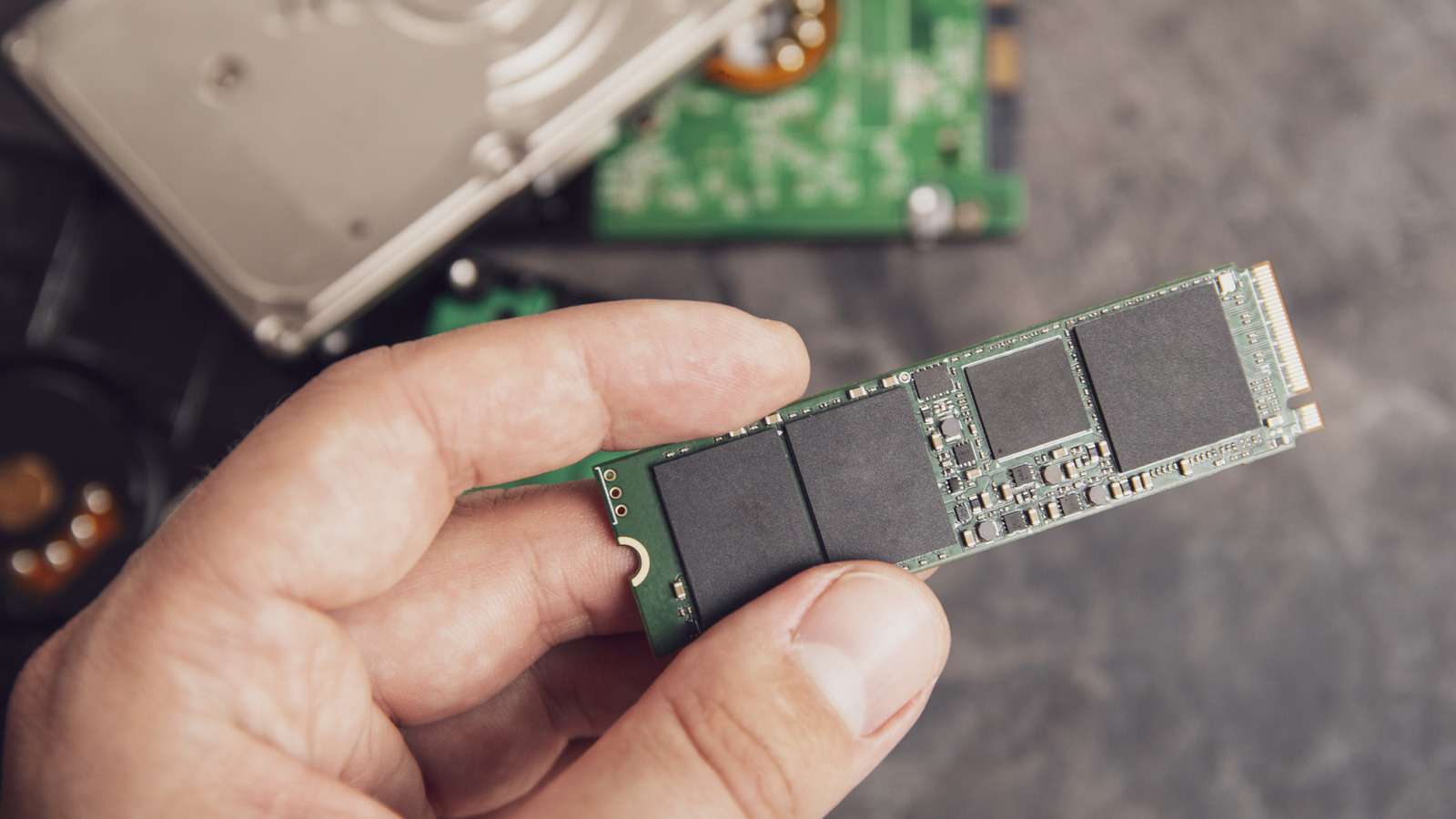As data storage technology evolves, solid-state drives (SSDs) have become a popular choice for their speed and efficiency. However, like all electronic components, SSDs have a limited lifespan and can fail. Recognizing the warning signs of impending SSD failure is crucial for maintaining data integrity and ensuring the smooth operation of your computer.
Modern SSDs offer significant advantages over traditional hard disk drives (HDDs), such as faster read and write speeds, due to the absence of moving parts. While HDDs can store over 30TB of data, the largest consumer SSDs currently max out at 8TB. Despite this limitation, the increased speed allows for quicker access to data. Nevertheless, SSDs have a finite number of read and write cycles, making it essential to understand the indicators of potential failure.
1. Sluggish Performance
If your computer is experiencing a slowdown, it may be time to investigate the cause. Modern systems are designed to be faster than their predecessors, yet they can still suffer from performance issues. A common culprit is the SSD itself, which can slow down as its memory cells wear out. Over time, the transistors that store data can degrade, leading to increased difficulty in data retrieval.
Although features like wear leveling and over-provisioning help improve longevity, they are not foolproof. If your SSD is struggling to keep pace with a modern operating system, consider it a potential sign of impending failure.
2. Issues with Reading and Writing Files
An SSD that cannot read or write files is a serious concern. Unlike HDDs, where mechanical damage can lead to data loss, SSDs develop bad sectors as memory cells deteriorate. When this occurs, the data may remain physically present, but the SSD can no longer access it.
If you notice an increase in the number of unreadable files or difficulty creating new ones, it is advisable to back up your data and consider replacing the SSD.
3. Booting Problems
A computer that struggles to boot can often indicate deeper issues with the SSD. While various factors could contribute to boot failures, such as loose cables or driver conflicts, persistent booting problems may suggest that critical startup files are located in bad sectors.
If your machine requires multiple attempts to power on or frequently gets stuck during the boot process, this could signal an SSD that is on the verge of failure.
4. Frequent Crashes and Freezes
Unexpected crashes and system freezes can stem from various issues, but a failing SSD is a possibility. Programs can freeze due to bugs or incompatibilities, but if the operating system itself crashes frequently, it may indicate that the underlying storage is problematic.
Persistent disruptions, particularly if they lead to the infamous Blue Screen of Death, suggest that the SSD’s memory cells are becoming unreliable.
5. Repeated File System Repair Errors
The file system is crucial for managing how data is stored and accessed. If your computer regularly encounters file system repair errors, it may point to a failing SSD. Issues such as NTFS_FILE_SYSTEM errors indicate that the data responsible for file management is corrupt.
If you find yourself needing to repair the file system repeatedly, it may be time to consider the SSD’s condition.
6. Bad Blocks in System Logs
Modern systems maintain logs that record events and errors. For Windows users, the Event Viewer provides insights into the state of your SSD. If you notice a high frequency of bad block errors in these logs, it signifies that the SSD may be nearing the end of its lifespan.
While occasional errors can be dismissed, a pattern of bad blocks is a clear indicator of potential failure.
7. Low Health Score
To assess the health of an SSD, specialized software can provide valuable insights. Programs like CystalDiskInfo can evaluate parameters such as read/write cycles and temperature. A declining health score in these assessments indicates that the SSD is wearing out.
Monitoring the health score is vital, particularly if the drive operates under high temperatures, which can further accelerate degradation.
8. Unrecognized SSD
When a computer fails to recognize an SSD, it often means the drive is severely damaged or that the firmware is corrupted. Firmware is essential for managing data storage and retrieval, and if it fails, data may become irretrievable.
In such cases, replacing the SSD is often the only viable solution. If the problem occurs with a new SSD, it may simply require formatting.
Understanding these signs can help users take proactive measures to safeguard their data and ensure smooth computing experiences. Regular monitoring and timely replacements can significantly mitigate the risks associated with SSD failure.
